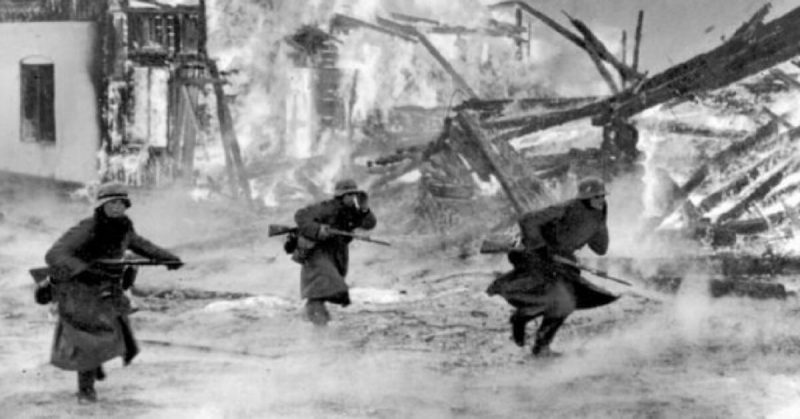On June 8, 1943, the Deutsche Zeitung’s (German Newspaper) headline read, “British sabotage group rendered harmless on Norwegian Coast.” It went on to say that all the men involved had been neutralized and patted themselves on the back for a job well done. However, one man remarkably survived.
Jan Sigurd Baalsrud was born on December 13, 1917, in Kristiana (now Oslo) in Norway. By 1938, he had completed his military service and became an instrument-maker. Then WWII broke out.
Norway wanted to stay neutral, but Britain wanted Norway to join its blockade of Germany and to transport British goods at cheap rates. Norway was reluctant, so in March 1940 Britain launched Plan R4 – the invasion of Norway and Sweden to prevent Germany from taking either.
The date was set for April 5 but delayed until the 8th. German intelligence intercepted the plans, however, so when British ships began laying mines in Norwegian waters, the Germans were waiting. Britain had given Germany the perfect excuse to invade Norway – which they did on April 9.
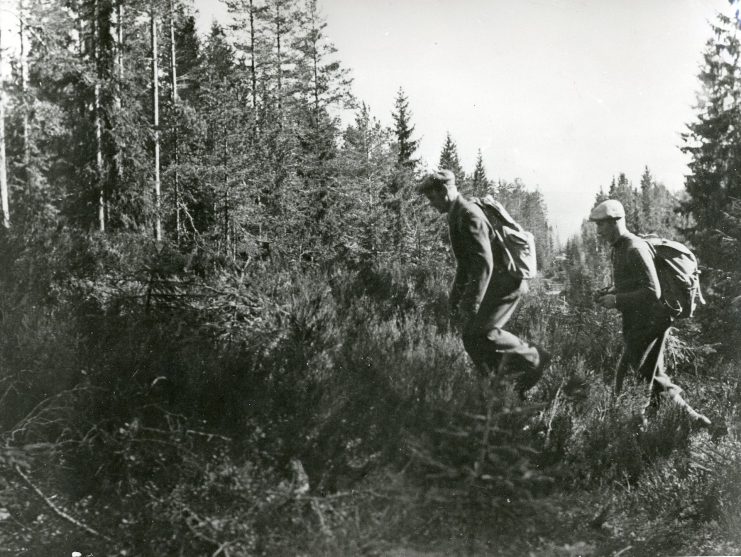
Norway was completely unprepared for war – believing the neutrality which had saved it in WWI would work again in WWII. Baalsrud fought during the Norwegian Campaign (April 9 to June 10) under Major General Carl Johan Erichsen, but the country fell to the Germans.
The Norwegian royal family fled to Britain on June 7. With them went the rest of the government and the national treasury, as well as some ships of the Norwegian navy. A collaborationist, pro-Nazi regime under Vidkun Quisling took their place.
Baalsrud escaped to Sweden and joined the British legation in Stockholm who trained him in spying. He made three trips to Norway but was caught by the Swedes on his fourth attempt. Tried as a spy, he served three months in prison and was then expelled.
He spent the next six months traveling through Russia, India, South Africa, and England, until eventually, he reached Scotland. There he was recruited by the Special Operations Executive (SOE) and trained in intelligence and sabotage operations to set Europe ablaze.
On March 24, 1943, Baalsrud and 11 others boarded a fishing boat, the Brattholm, and set off for Norway. Their mission was two-fold. To destroy a German air control tower at Bardufoss, and to recruit Norwegian resistance fighters. They were to meet a resistance contact there, but instead met another man with the same name who betrayed them to the Germans on March 29.
The next morning, the Brattholm was attacked by a German patrol ship. Baalsrud and his team detonated the eight tons of explosives on board and tried to escape in a dingy, but the German’s sank it. The survivors swam to the shore in freezing waters – but only one made it.
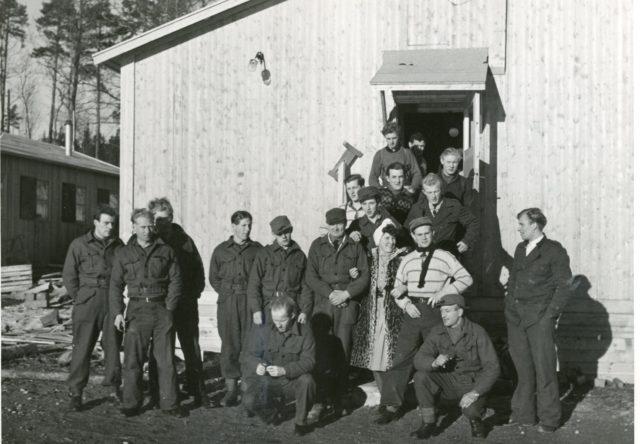
Ten-year-old Dagmar Idrupsen was with her family when the explosion occurred. They fled to stay with relatives, but later that evening, Dagmar’s older sister and cousin arrived with a soaked, half-frozen man.
It was Baalsrud. If the Germans found him, they were all dead, but Dagmar’s family insisted on doing what they could. Baalsrud needed to get to neutral Sweden, but it would not be easy. What followed was reconstructed from Baalsrud’s fragmented memories together with the recollections of those who helped him.
To save those who helped him, he never said where he had come from, and when he left, never told them where he was headed. He was shunted from one family to another until he began climbing the 3,000-foot Mt. Jaeggevarre. Outfitted with warm clothes and boots he climbed the mountain but an avalanche plunged him some 300 feet back down.
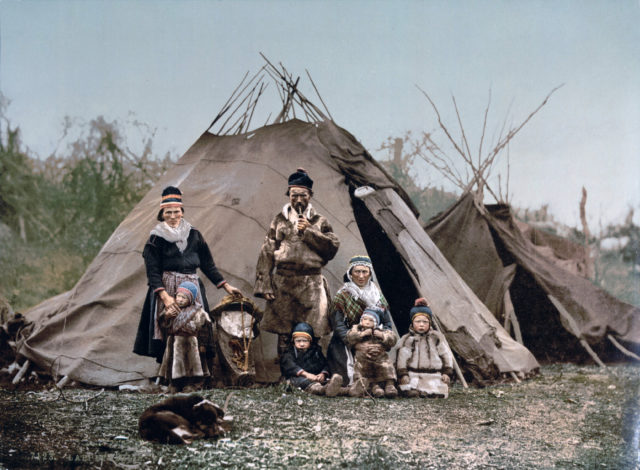
Gone were his boots, skis, and food. Worse, he was lame, had developed snow-blindness, and began hallucinating. He somehow reached the village of Furuflaten and stumbled into the home of the Gronvoll family – active in the local resistance. He was lucky as there were German soldiers bivouacked in the schoolhouse next door.
Despite the risk, the villagers hid Baalsrud in a barn. They were to return to him, but a storm kept them away for five days. By then, Baalsrud’s toes had deteriorated from frostbite. Fearing the infection would spread, he did something drastic.
He sliced the tips of his toes to let them bleed and as his left big toe was too far gone; he amputated it himself. He was finally moved to another village, and from there, to a cave in the Skaidijonni Valley, where yet another storm kept his saviors away for twenty-seven days. He spent the time amputating the rest of his toes and contemplating suicide.
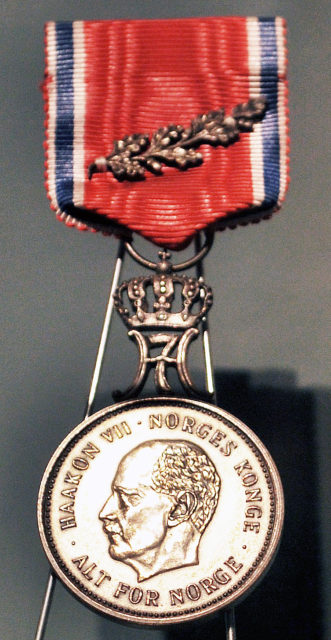
When his friends reached him, he was barely alive. Nils Nilsen (a local farmer) arranged for the Sami (a tribe of local indigenous people) to transport Baalsrud on a reindeer sleigh to Sweden. They took the half-dead man through Nazi-allied Finland and finally got him to Sweden on June 1.
By then, he weighed a mere 80 pounds. It took him six months to recover, and he had to learn to walk again. Once he had, he went back to Scotland to train more resistance fighters. He returned to Norway to fight again and saw his country liberated in 1945.
For such unstinting loyalty and service, Norway awarded him a St. Olav’s Medal with Oak Branch.
